Low Sun Gardens: Which Garden Plants Require Low Light
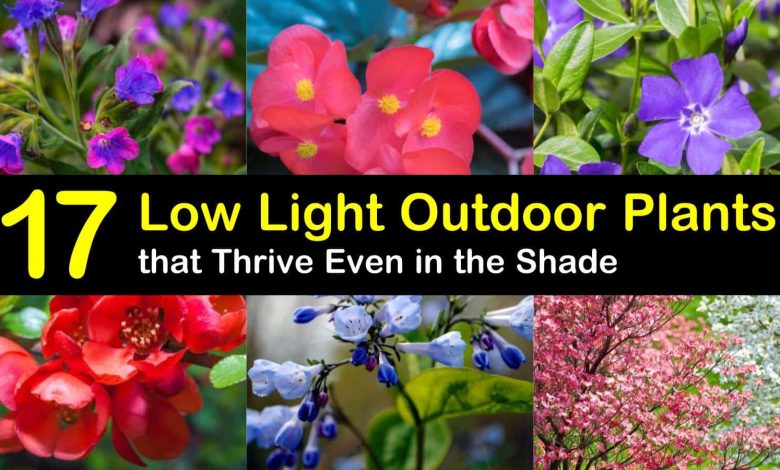
Good afternoon! Is it possible to have a garden where there is hardly any light? Of course, Agrohuerters, science is advancing and there are tricks and specific plants to correct it, so it is now possible to have orchards with little sun.
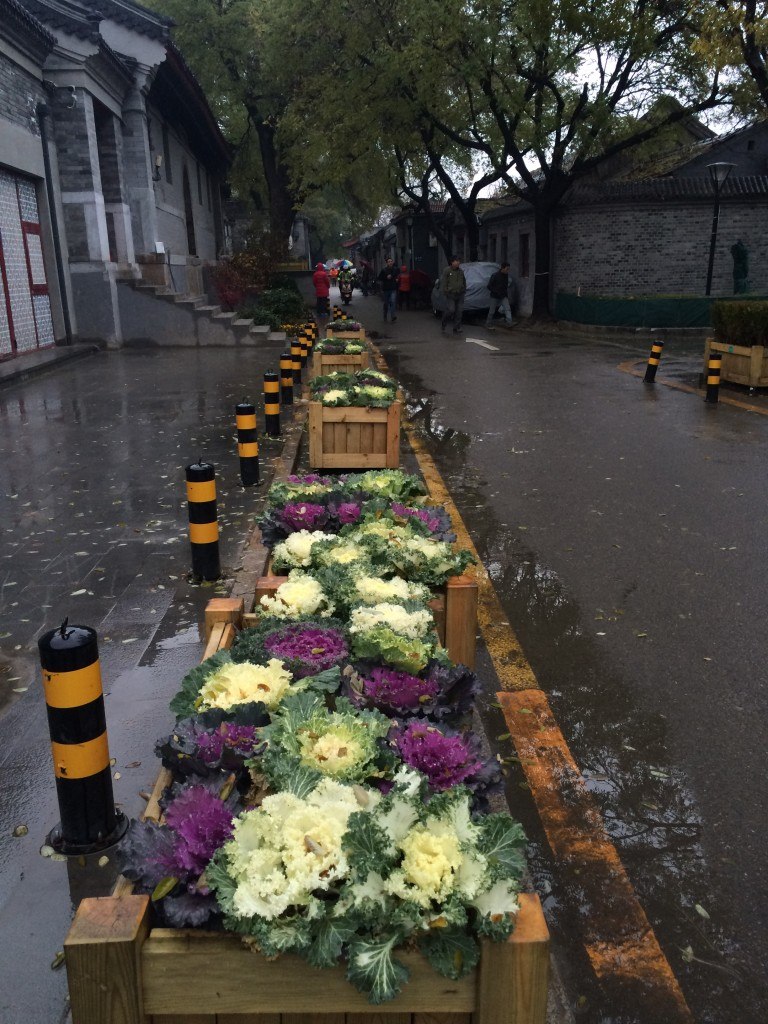
It really is difficult to imagine that a plant can grow with hardly any light, in gardening, especially, there are species that full sun can harm.
In horticulture we find some species that support partial shade and even in some cases they develop better in these conditions.
Indoor plants that need low light
Today’s post is especially aimed at planters, which are inside a house, on terraces or patios of interior houses where sunlight does not reach as it should.
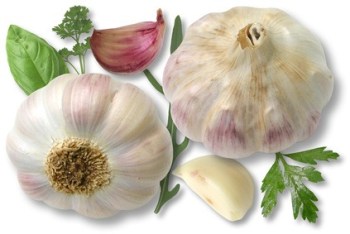
Plants that cannot grow in low light are:
Mostly those that belong to the nightshade family, such as tomatoes, aubergines, melons or cucumbers. These coincide with the plants that are usually grown in the spring-summer season, and therefore for their natural development they need a lot of light.
But there are many more plants that can be grown with low light and these are:
- Lettuce and escarole: They need at least a couple of hours of light a day or light.
- Garlic: it is a very grateful crop, in general it does very well with abundant light, but it also grows in semi-shade.
- Watercress: it is a crop that grows in shady and cool areas, and its size is small, making it ideal to have inside a home.
- Strawberries: although they prefer sun, they can grow without problems in semi-shade, but they may have smaller fruits.
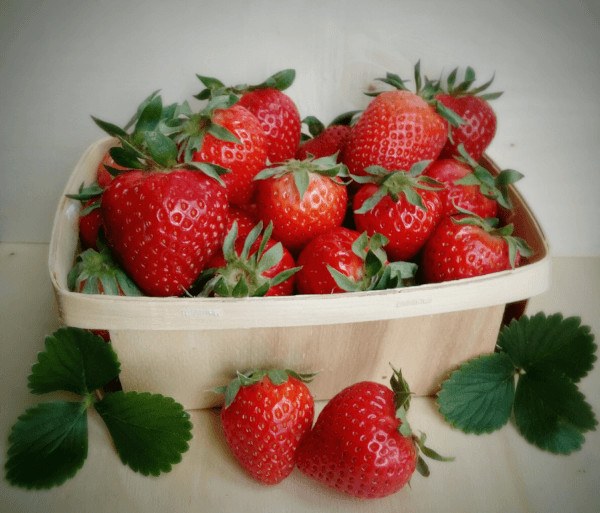
Other very interesting proposals are: ginger, beetroot, radishes, leeks, lamb’s lettuce, peas and broad beans. It is good that in general all of them make the most of the little sunlight that may reach them, since even if it is little it is very positive for their growth.
On the other hand, there are also aromatic plants that do not require much light for their cultivation, such as basil, mint, parsley, oregano and chives.
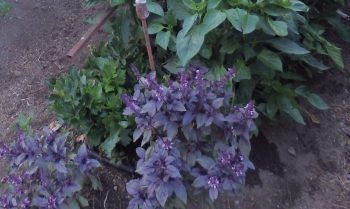
Grow indoors
If we want to have other types of vegetables, which may need more sun, we can apply the following tricks:
- Acquire a greenhouse with light, or light fixtures with the right bulbs for plant growth, since not all bulbs are the same or produce the same type of light. This is quite cheap, you can find it in supermarkets such as ikea or on the internet. It is ideal for a flowerpot that is in an interior dwelling of a building. You can make yourself a container with these light bulbs to contain the plants, it is a very decorative and original option for any place in the house.
- Place the planters with the utmost caution, the small planters or pots near the window so that they can at least capture some light. Another idea following this line, which is also becoming very fashionable lately, is to have small vertical gardens with aromatic plants that need little light, next to the window in the kitchen. In this way they will not only serve as decoration but you will also have them at hand when cooking.
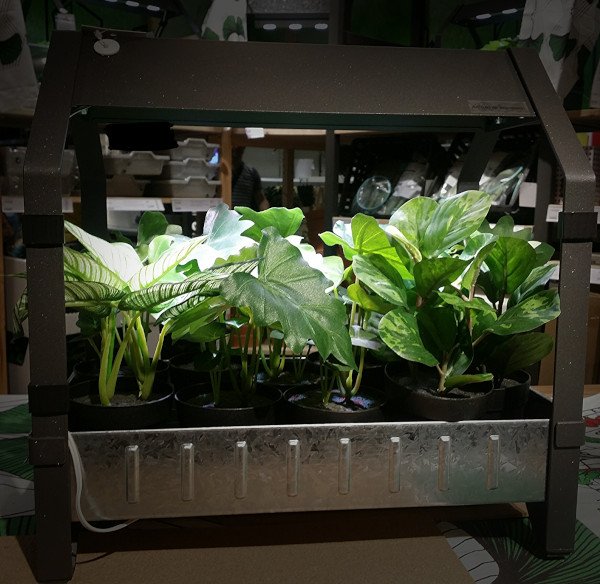
- Orient the orchard or flowerpot towards where the sun is mostly available, which is usually towards the South side.
- Put up reflective panels or screens to deflect sunlight into the orchard. You can even make this yourself with a wooden board, it is covered with a material that reflects the light in the direction of the garden.
Of course, the most advisable thing is always to choose the appropriate species for cultivation in semi-shade conditions, which are the vegetables that we have mentioned in the previous section, these coincide in many cases with those of the winter season. Another idea is if you have an outdoor garden or orchard and there are areas with little light, use semi-shade vegetables, so that the space is not always used to the maximum.
Agrohuerters, if you have little sunlight in your orchards, I hope these tips will help you. On previous occasions we have talked about the cultivation of some of these vegetables, but if you are interested in knowing about any in particular, you can always say so in the comments. Until next time!

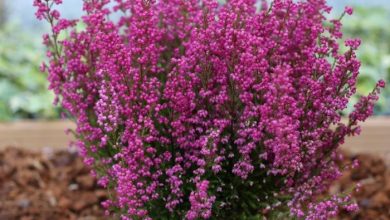
![Photo of Pink Garlic: [Growing, Irrigation, Care, Pests and Diseases]](https://www.complete-gardening.com/wp-content/uploads/2022/08/pink-garlic-growing-irrigation-care-pests-and-diseases-390x220.jpg)
![Photo of Prune Dahlias: [Importance, Time, Tools, Considerations and Steps]](https://www.complete-gardening.com/wp-content/uploads/2022/08/prune-dahlias-importance-time-tools-considerations-and-steps-390x220.jpg)
![Photo of The Callisia Repens: [Planting, Care, Irrigation and Substrate]](https://www.complete-gardening.com/wp-content/uploads/2021/06/repens_1568322462-390x220.jpg)